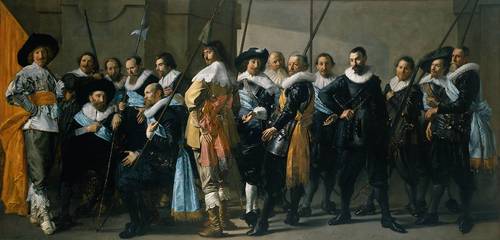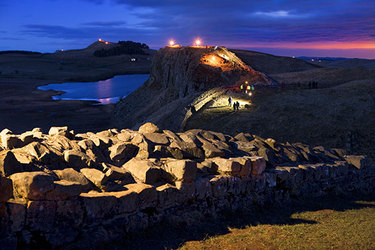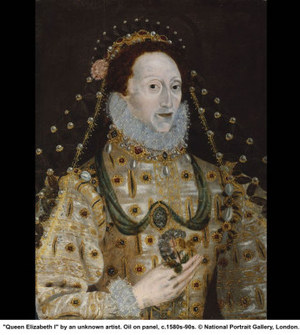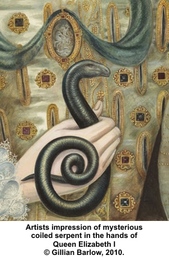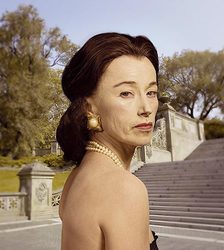Another spring (almost), and more changes at Art + Auction magazine. This afternoon, the magazine announced that Louise Blouin, the chairman and CEO of Louise Blouin Media, which owns Art + Auction as well as Modern Painters and artinfo.com, had named Benjamin Genocchio, to the post of “Vice President of Editorial, Louise Blouin Media and Editor in Chief, Art + Auction.”
 Genocchio is well-qualified: he has written about art for The New York Times, and before that he was chief art critic and national arts correspondent for The Australian, part of Rupert Murdoch’s News Corporation. Genocchio also has a PhD in Art History from the University of Sydney and numerous other qualifications.
Genocchio is well-qualified: he has written about art for The New York Times, and before that he was chief art critic and national arts correspondent for The Australian, part of Rupert Murdoch’s News Corporation. Genocchio also has a PhD in Art History from the University of Sydney and numerous other qualifications.
But, as usual, there’s more to it.
Early last May, I reported here that Blouin had hired Marisa Bartolucci to be EIC, replacing Tony Freund. Freund, and other staffers, left last year partly because budget cuts had been ordered that would have (and in the view of some, have — see the comments on my old post) tragically weakened the magazine.
Bartolucci can’t talk now because of her parting agreement with LTB, but the word inside A + A is that the budget for both magazines and the website are being cut again, by about 6 or so percent. The saved money is instead going to a new LTB venture — in China.
Artinfo.cn and the China Yahoo! Culture & Style channel are set to launch in the second quarter. The press release notes that Genocchio has covered arts and culture in “more than two dozen countries, including Pakistan, India, China, Russia and Egypt, as well as most of Europe and the Americas.”
It makes no mention, naturally, of the cuts at A + A, Modern Painters and artinfo.com.
And what of Bartolucci, who was said to be totally surprised by her ouster?
“I’m not sure where she’ll venture off to next but we wish her much success and luck!” said Eunice Kim, the PR director for LBM.

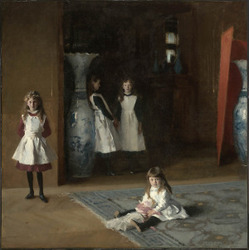
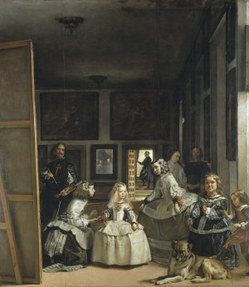 This week, the
This week, the 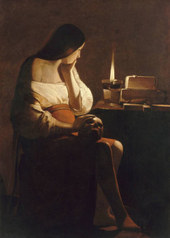
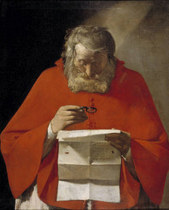 Of course, it helps to invite masterpieces that complement your own collection, and the Prado is lucky that way. It has one of the finest collections in the world, with something like 1,300 paintings regularly on view.
Of course, it helps to invite masterpieces that complement your own collection, and the Prado is lucky that way. It has one of the finest collections in the world, with something like 1,300 paintings regularly on view. 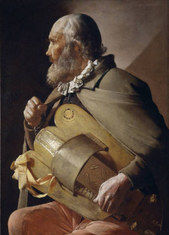 Last December, in between the de la Tours and the Sargent-Velazquez pairing, the Prado borrowed
Last December, in between the de la Tours and the Sargent-Velazquez pairing, the Prado borrowed 